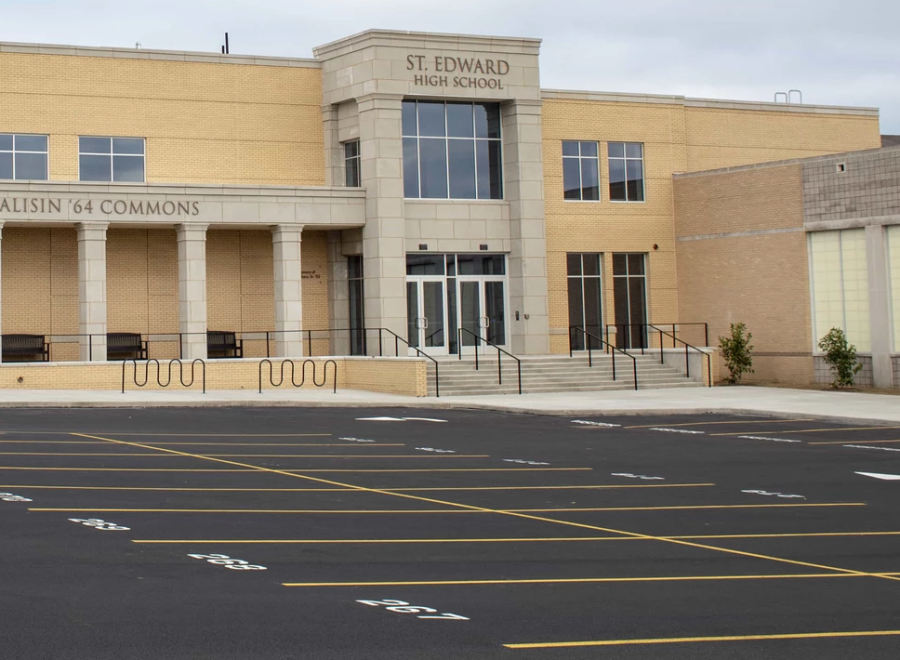Ben Tirbaso ’16
In 1859, a natural phenomenon unprecedented in the history of mankind occurred. Several strange happenings were reported around the world: The aurora borealis could be seen in the Caribbean, recently established telegraph lines were behaving wildly and operators were electrocuted. A man named Richard Carrington noticed the sun’s brightness had nearly doubled in over a few hours. He closely observed the sun and reported the location and size of sun spots, information that has become valuable to modern scientists. From these records, it was later understood that what had occurred was a solar flare.
It would be known as the Carrington Event, the largest solar flare in recorded history. And while nothing of its magnitude has ever struck Earth in over a century, it is unknown when and if our world should expect another flare to arrive. Considering the rampant increase in the use of electronics, all of which are vulnerable to the EMP released by solar flares, the effect would be devastating. The Department of Homeland Security has said a 21st century Carrington Event would deal up to $3 trillion in damages.
Last week was host to multiple solar flares. None were of great risk, but serve as a reminder that a catastrophe may be around the corner. Insulating the power grid from a solar flare like Carrington would cost billions and take several years. Is it worth rolling the dice, or should we prepare for a potential breakdown of society?
Categories:
Is the Sun a Threat?
September 16, 2014




